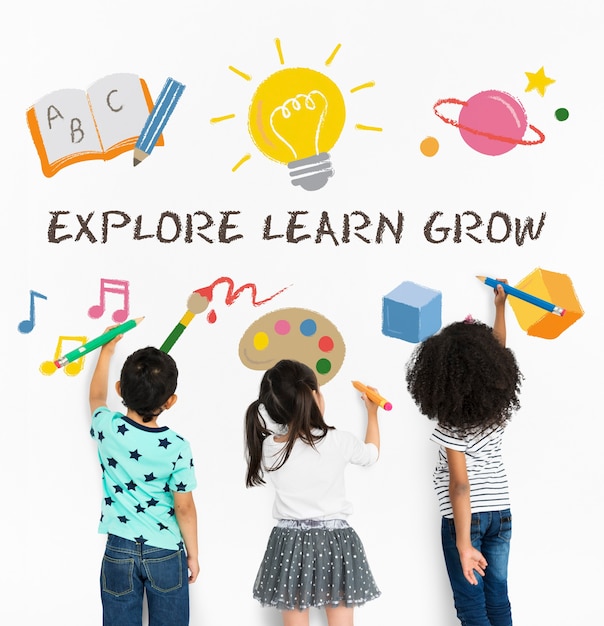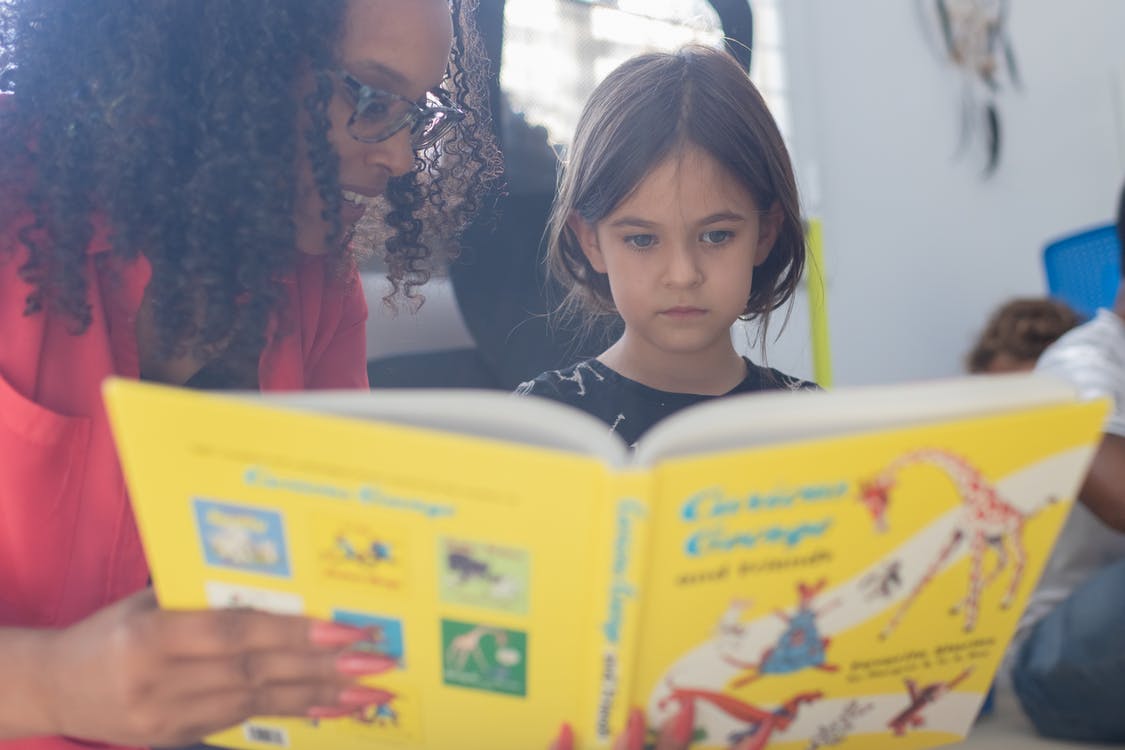In reception, for the past two years, we have continually developed our ideas around provision, interactions and resourcing.
Upon entering the unit, I recognised that the children had a good level of involvement in their tasks, which has increased over time.
How this improvement was achieved
The secret that has enabled the children to move toward high levels of involvement according to the Leuven scale, has been the use of varied, open-ended resources. These resources are freely available to the children, a permanent feature of our unit.

This way, the children are provided with a great deal of agency. For example, they can choose their playdough equipment, take out their paints, develop an obstacle course and create an intricate construction, choosing from a wide range of materials.
As the children engage with the resources, they are extremely motivated and often call me to show me what they are doing and explain their ideas. This way I can easily engage in back-and-forth conversation with them, discussing their choices and supporting my understanding of how they are learning and what they can be extended to do.
As a majority English as an Additional Language (EAL) school, our focus is to stimulate language comprehension and acquisition. Therefore, it is fundamental for all staff to work and play alongside children, provoking discussion. In these situations, I model previously taught language, such as, ‘would you like one more/who has the most/is this taller or shorter than you?’ Maths is perhaps the easiest to consolidate as it can be found everywhere.
Further, we challenge children by asking ‘What would happen if…’ and have resources to hand to extend them. These multiple interactions in context are differentiated, to provide a new vocabulary to our native speakers and are often narrations for children just beginning to learn English.
How we cater to EAL students’ needs
As EAL children can struggle to articulate what they wish to build or create, we use mark-making to develop designs and ideas. Additionally, I support them by showing images and discussing these. We look closely at the images, for example, a helicopter, and identify what we will need to build a model. I have introduced technical vocabulary such as ‘propellor’ and ‘engine’, which the children often remember as they have a vested interest in them. With children that have an advanced grasp of the language, we look together at the images and partake in a sustained-shared interaction, as we together develop an understanding reflecting their curiosity.
Alongside adults approaching children’s play, we offer provocations where children may wish to approach the adult. Two popular areas this term have been the ‘mud kitchen’ and a ‘tea party’, both of which were set up in our outdoor provision.

The adults in these areas interacted with the children and had an approximate idea of the language focus. In the ‘tea party’, the language concept included, but was not limited to, asking for items, discussing the process of making their tea and learning to use ‘please’ and ‘thank you’. The children were curious to experience a ‘tea party’, which is perhaps only something they had seen on TV. The novelty of this new cultural experience ensured the ‘tea party’ grew in popularity.
This provocation outside transformed into a child-led activity inside the class. In the construction, corner bottles were requested and all kinds of materials were added to these bottles in addition to water. The children explored this enthusiastically and were delighted at how different materials created different colours in the water. This interest was built upon outside, as my colleague offered a range of different coloured teas and tea bags outside for mixing and experimenting with.
How this has affected everyday routines
Further, in our everyday routines, we consolidate language. In circle time we look at our registration board and discuss the numerical order of children, using language such as ‘before’, ‘first’ and ‘after’. When I dismiss children, I use positional language such as ‘the boy behind….’, and ‘the row between…’. This way several language concepts are repeated, ‘row/boy’ and mathematical terms.
When we learnt new vocabulary as part of a global citizen initiative, such as ‘zero waste’, we brought this new language into our daily snack time. This supported conceptualisation as the term was used in context. Now they check one another’s snacks and use this language independently. This concept has become embedded and the children are proud when they show each other their ‘zero waste’ snack.
To begin to understand a new language and also to realise the expectations of the school environment, I believe repetition is key, in many contexts.
Jess Gosling is a British-trained Early Years Teacher, based internationally, currently in Taiwan.
She writes regularly – please see https://jessgoslingearlyyearsteacher.com for her latest blog and tweets @ JessGosling2. She has published a guide to international teaching.



